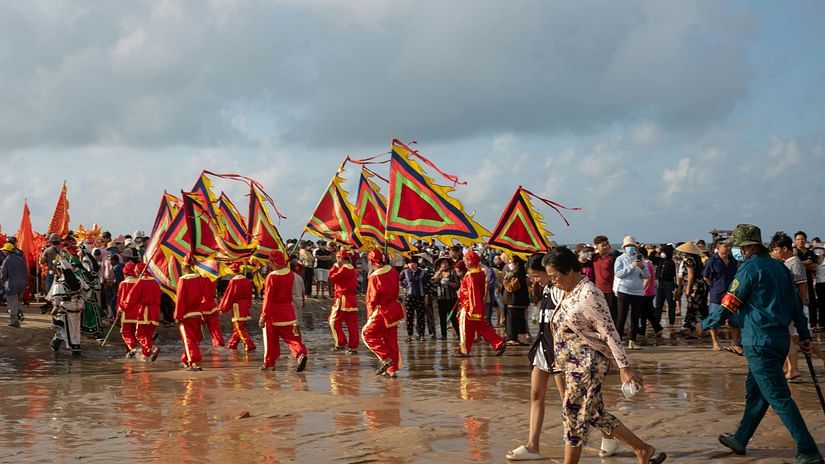- Andaman History Guide
- Christmas in Andaman
- Chennai to Port Blair Trip
- New Year in Andaman & Nicobar Islands
- The Perfect Andaman and Nicobar Resort
- Corbyn’s Cove Beach
- Light and Sound Show Port Blair
- Port Blair to Havelock Distance
- Ross Island Port Blair Through the Seasons
- Sea Walk Havelock: An Unforgettable Underwater Adventure
- Sunrise in Neil Island
- Scuba Diving, Port Blair
- Glass Bottom Boat Ride, Havelock
- Andaman Islands Travel Guide
- Beach Front Hotel in Andaman
- Jaipur to Andaman & Nicobar Flight
- Best & Most Beautiful Islands to Visit in India
- History of Andaman & Nicobar Islands
- Festivals in Andaman and Nicobar Islands
- Visakhapatnam to Andaman Travel Guide
- Best Stays for MICE Travellers in Andaman
- Andaman Trip from Kolkata
- Hyderabad to Andaman
- Chennai to Neil Island
- Bird Watching in Andaman
- Havelock Island Sightseeing
- Laxmanpur Beach, Neil Island
- Snorkelling in Havelock Island
- Bioluminescence in Havelock Island
- Port Blair Trip Plan
- Neil Island Itinerary
- Shopping in Andaman
- Kalapathar Beach in Havelock
- Andaman Game Fishing
- Iramnagar Beach Neil Island
- Hyderabad to Andaman Tour Packages
- Shopping in Port Blair
- Tourist Places in Andaman and Nicobar Islands
- New Year Party in Andaman and Nicobar
- Island Tourism Festival of Andaman
- Trip to Andaman from Bangalore
- Port Blair to Neil Island
- Trip to Andaman in January
- Delhi to Andaman
- Andaman and Nicobar Islands Nightlife
- Night Life in Port Blair
- Andaman Nicobar Trip in December
- Andaman and Nicobar Islands Vacation
- Family Trip to Andaman
- Places of Interest in Port Blair
- Best Places to Stay in Andaman
- Aberdeen Bazaar
- Bharatpur Beach
- Things to do in Port Blair
- Andaman Cuisine
- Mount Harriet National Park
- Photography spots in Andaman
- Neil Island vs Havelock Island
- Elephant Beach
- Trip to Andaman in June
- Tourist Places in Port Blair
- Surfing in Havelock Island
- Best Time to Visit Port Blair
- Water Sports in Neil Island
- Kayaking in Havelock Island
- Water Activities in Port Blair
- Scuba Diving in Neil Island
- Top 5 Beaches in Port Blair
- Offbeat Things To Do in Havelock
- Parasailing in Port Blair
- Howrah Bridge, Neil Island
- Chidiya Tapu Port Blair
- Water Activities in Andaman
- Fishing in Andaman
- How to Reach Andaman and Nicobar
- Adventure Sports in Andaman
- Port Blair Sightseeing Places
- Exploring the Barren Island Volcano: A Journey from Port Blair
- Best Places for Sunset and Sunrise in Havelock
- Dolphin Watching in Andaman
- Offbeat Places in Andaman
- Things to Keep in Mind While Traveling to Andaman
- Turtle Nesting in Andaman
- Choosing the Best Time to Visit Andaman
- Hidden Gems of Andaman
- Elephant Beach, Havelock Island
- Things to Do in Port Blair at Night
- Unveiling the Charm of Havelock Island at Night
- Visiting Andaman in September
- Best Time to Visit Havelock Island
- Glass Bottom Boat Ride in Andaman
- Trekking on Havelock Island
- Andaman's Best Sunsets: Where to go for Breathtaking Views
- Exploring Andaman in Monsoon
- A Perfect Andaman Itinerary for Families
- Travelling from Port Blair to Havelock
- Island Hopping in Andaman
- Luxury Travel in Andaman
- Exploring Havelock’s Mangrove Creek
- Must Visit Waterfalls in Andaman
- Celebrate This Holi in Andaman
- Cruises to Andaman
- Street Food in Port Blair
- Sea Walking in Andaman
- Visit Andaman for Your Valentine’s Weekend Getaway
- How Havelock Became Swaraj Dweep
- 4-day Itinerary for Republic Day Weekend
- Festivals in Andaman & Nicobar Islands
- Places to Visit in South Andaman
- Planning an Adventurous Honeymoon
- Beach Wedding Destinations
- Trekking in Andaman
- Best Beaches on Neil Island
- The Best Place to Stay in Andaman
- The Best Beaches in Port Blair
- Places To Visit In Port Blair
- The Best Beaches on Havelock Island
- Summer in the Andamans
- Historic Sites to Visit in Andaman
- An Andaman Itinerary for 6 Days During Summer
- The Corals of Andaman and Nicobar Islands
- Solo Trip to Andaman and Nicobar
- The Tribes of Andaman & Nicobar Islands
- Must-visit Beaches in Andaman
- Wildlife in Andaman and Nicobar Islands
- Places to Visit in Neil Island
- Experience the best of Havelock Island
- A Fairytale Honeymoon in Havelock Island
- Chidiya Tapu-Munda Pahar Trek
- Best Places in Andaman for Couples
- A Honeymoon Trip to Andaman
- Best Restaurants and Bars in Andaman
- Best Scuba Diving Spots in Andaman
- A Helpful Guide for Travelling In Andaman
- Best Things to Buy in Andaman for Your Loved Ones
- Plan an Andaman Itinerary for 7 Days
- Best Places to Visit near Port Blair
- Best Places to Celebrate New Year in India
- Indulge in a Unique New Year Celebration in Andaman
- Travel Tips for Andaman - the Dos and Don’ts
- From City Buzz To Island Bliss
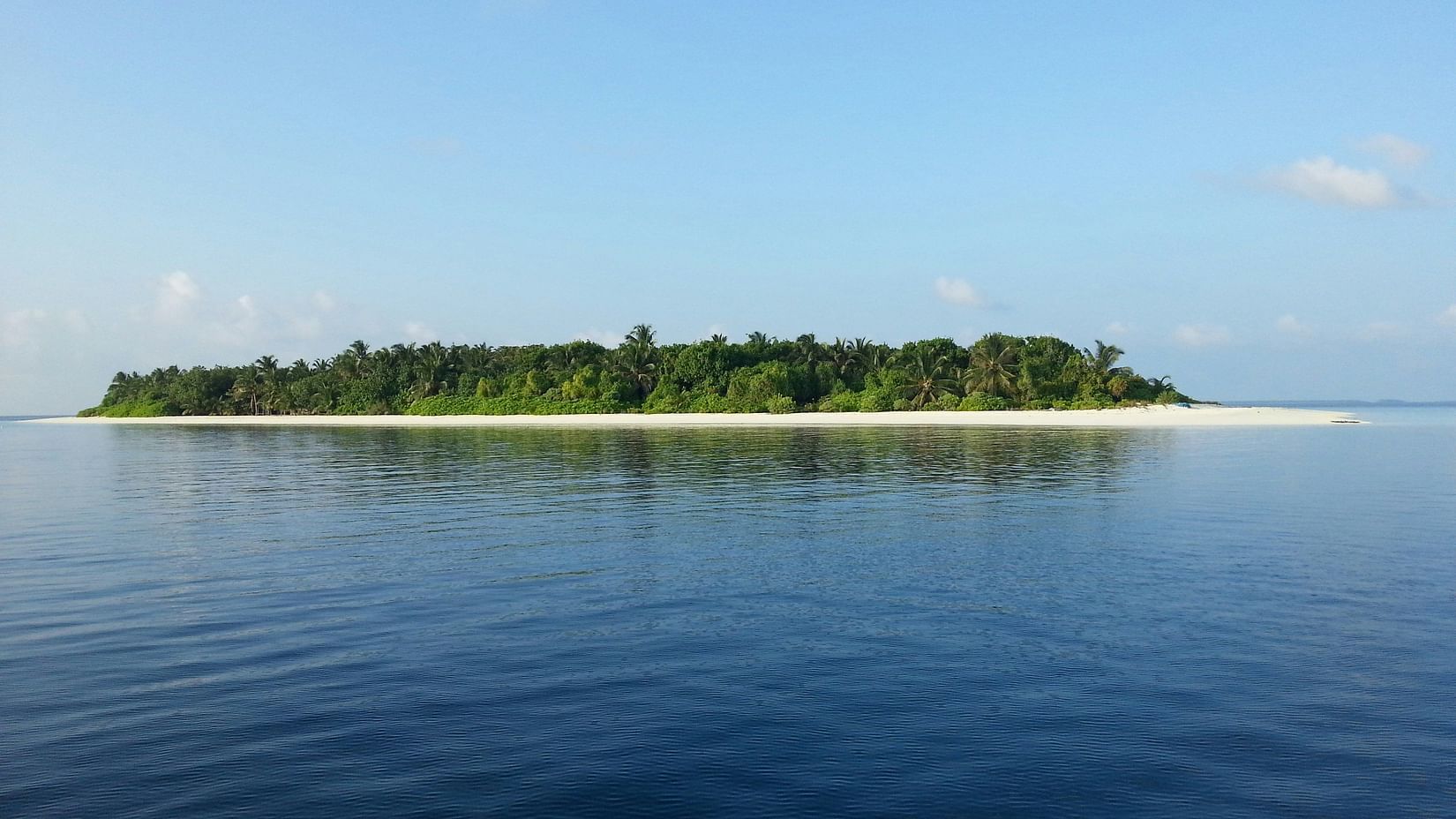
Where the Story Begins: Geography Meets Legacy
Tucked away in the Bay of Bengal, the Andaman and Nicobar Islands form a chain of over 500 islands, only a handful of which are open to tourists. Their remote location gave rise to unique indigenous cultures and later made them a strategic outpost for colonial powers and military forces. The history of the Andaman Islands is as diverse as the landscapes themselves, offering stories from prehistory to the present day.
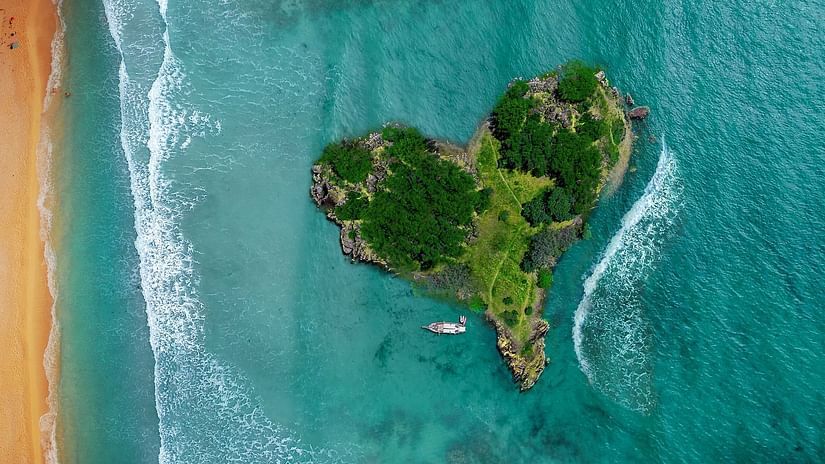

Indigenous Tribes & Early Inhabitants
Long before colonial ships arrived, the islands were home to tribes like the Great Andamanese, Jarawas, Onge, Shompens, and the elusive Sentinelese. These tribes represent one of the world’s last links to pre-Neolithic cultures. The communities have lived in isolation for thousands of years, their customs and connection with nature largely untouched. Preserving their isolation is not only vital for their well-being but also a key aspect of respecting the Andaman and Nicobar Islands' history.
Colonial Era & British Rule
The islands took a dark turn in the late 19th century when the British declared Port Blair a penal settlement. By 1858, following the Indian Rebellion of 1857, the British had established a full-fledged penal settlement in Port Blair. The infamous Cellular Jail, built between 1906 and 1926, packed in freedom fighters who were sentenced to 'Kala Pani' - exile far from home. Names like Vinayak Savarkar, Batukeshwar Dutt and others endured brutal conditions here. Wandering the corridors of Cellular Jail today, you sense the resilience of those who sparked India’s fight for freedom.
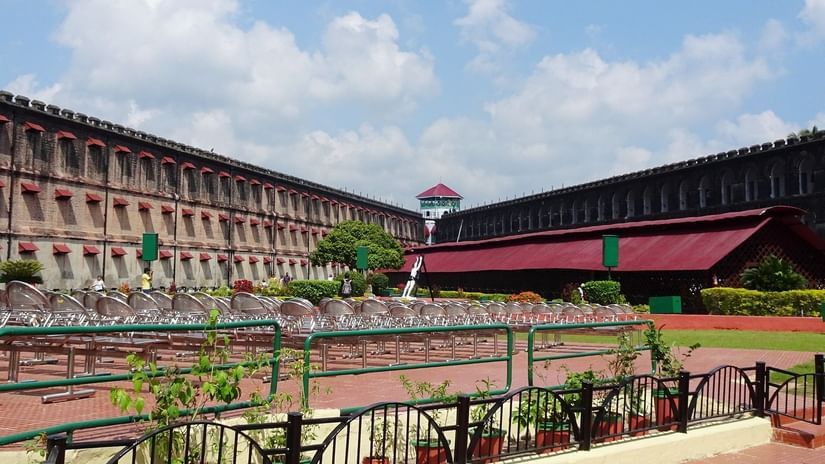
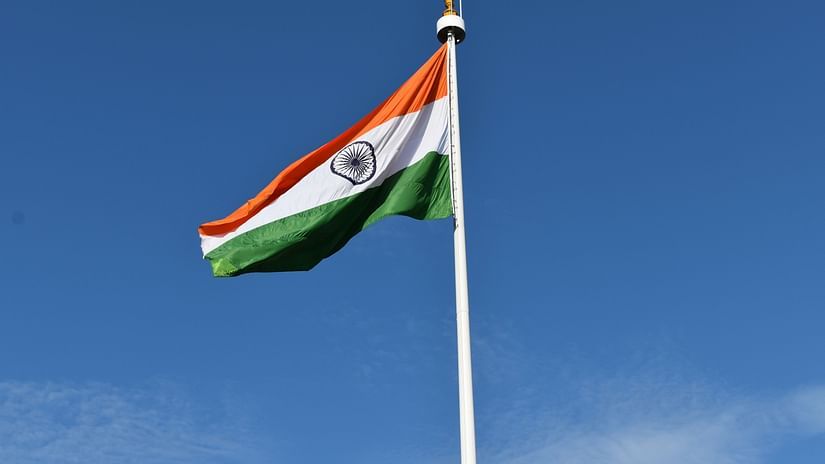
World War II & Japanese Occupation
Fast forward to the Second World War: the Japanese took control of parts of the islands in 1942. For a brief moment, nationalist leader Subhas Chandra Bose raised the Indian flag on the islands, symbolising hope and defiance. Though the British regained control in 1945, the islands’ strategic importance in the war and in geopolitics ever since adds another fascinating layer to the history of the Andaman.
Post-Independence & Modern History
After Independence in 1947, the islands became part of the Indian Union in 1950, eventually designated a Union Territory. Since then, the islands have transformed from an isolated penal colony into a thriving hub of eco-tourism, marine conservation, and cultural curiosity.
Yet the essence of their past remains intact. Museums, memorials, and restored ruins continue to tell the tale of resilience and transformation.

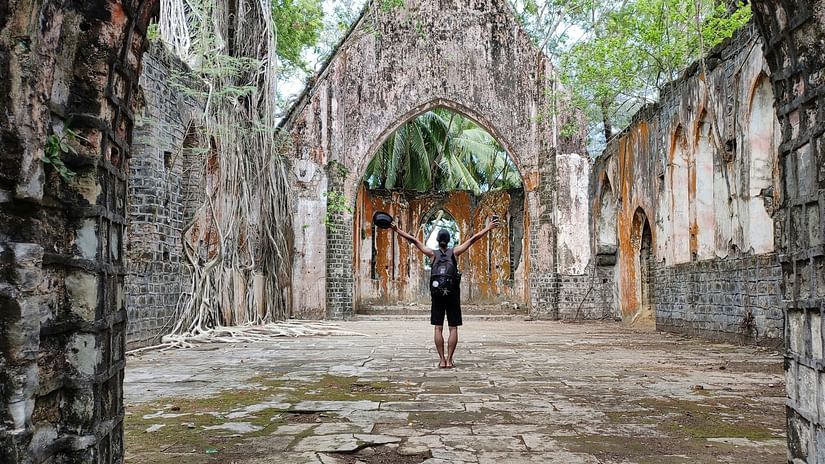
Historical Places to Visit
If you’re a history buff heading to the Andamans, here are places that tell the story:
- Cellular Jail: For its emotional narrative and historical significance. Don’t miss the evening light & sound show, it's deeply moving.
- Ross Island: Once the British administrative capital, now home to ruins overtaken by nature.
- Viper Island: Named after a colonial-era prison ship that docked here. Walk the old jetty and imagine the lives once chained onboard.
- Anthropological Museum: Explore the ethnographic history of the island’s tribes.
Each site is a museum in itself, soak in the ruins, listen to the tales, and you’ll feel the history underfoot.
Preserving the Legacy
Efforts continue to protect the ecological and cultural balance of the islands. The tribal reserves remain off-limits to tourists to preserve their way of life. Environmental protection laws and sustainable tourism initiatives work hand-in-hand to ensure that the islands’ natural and historical heritage is not lost to modern development.
